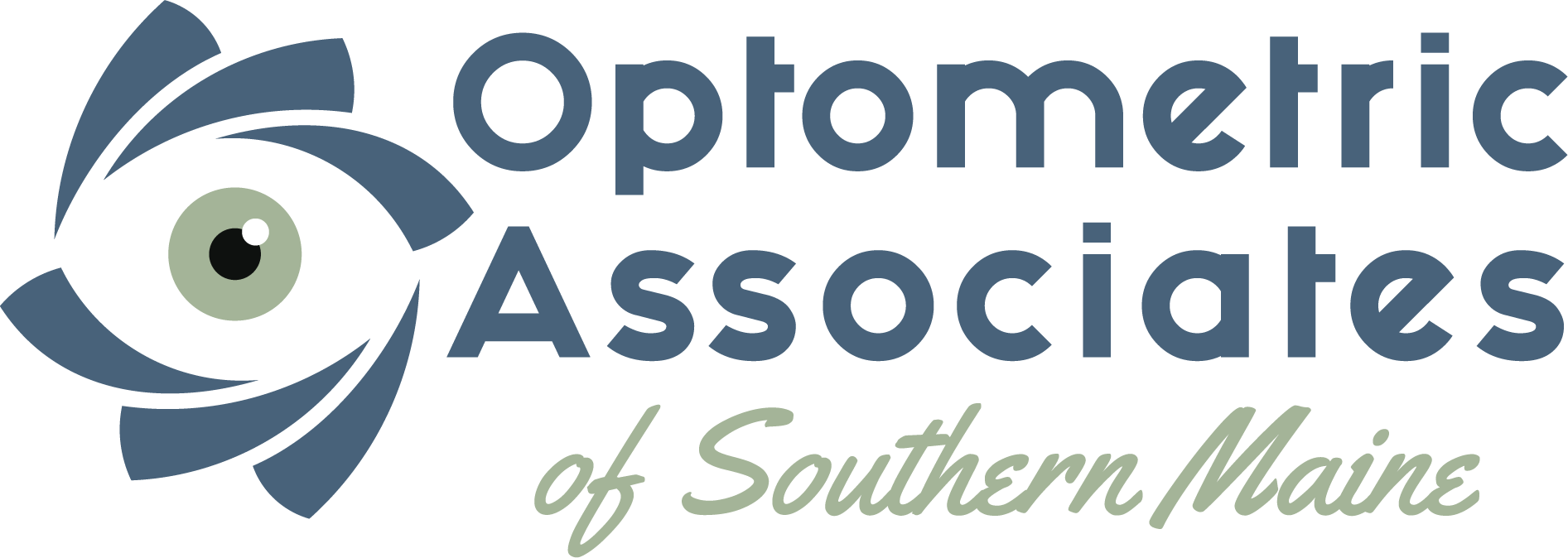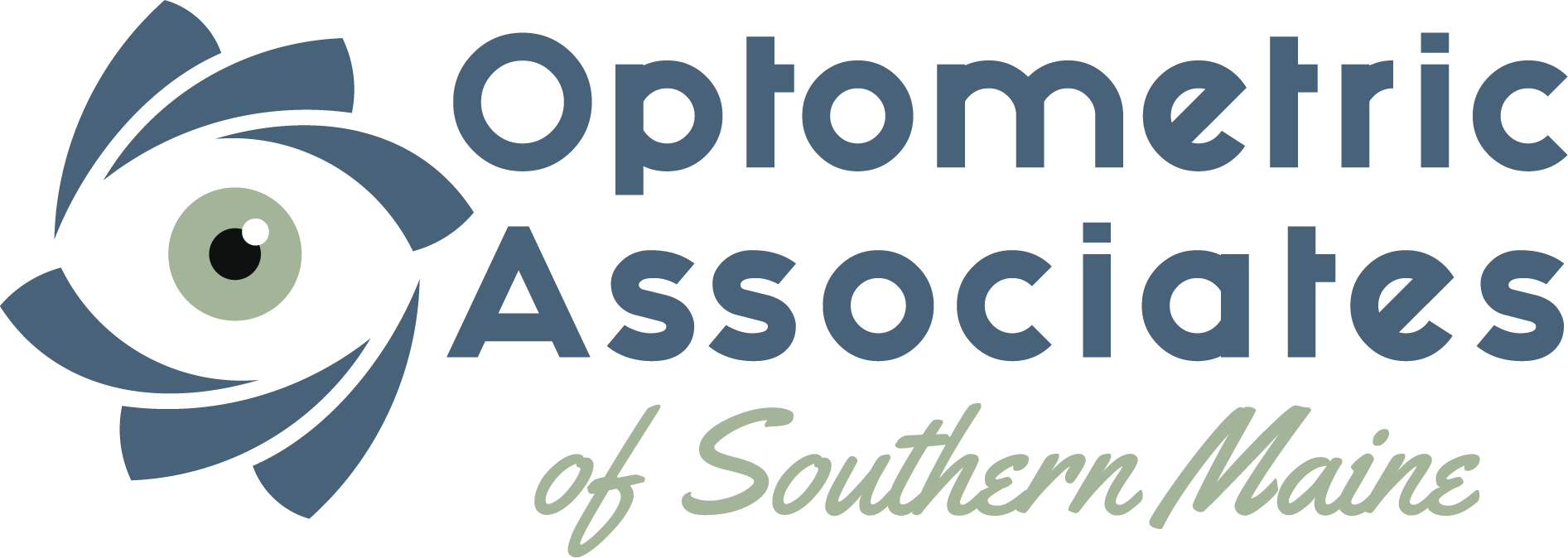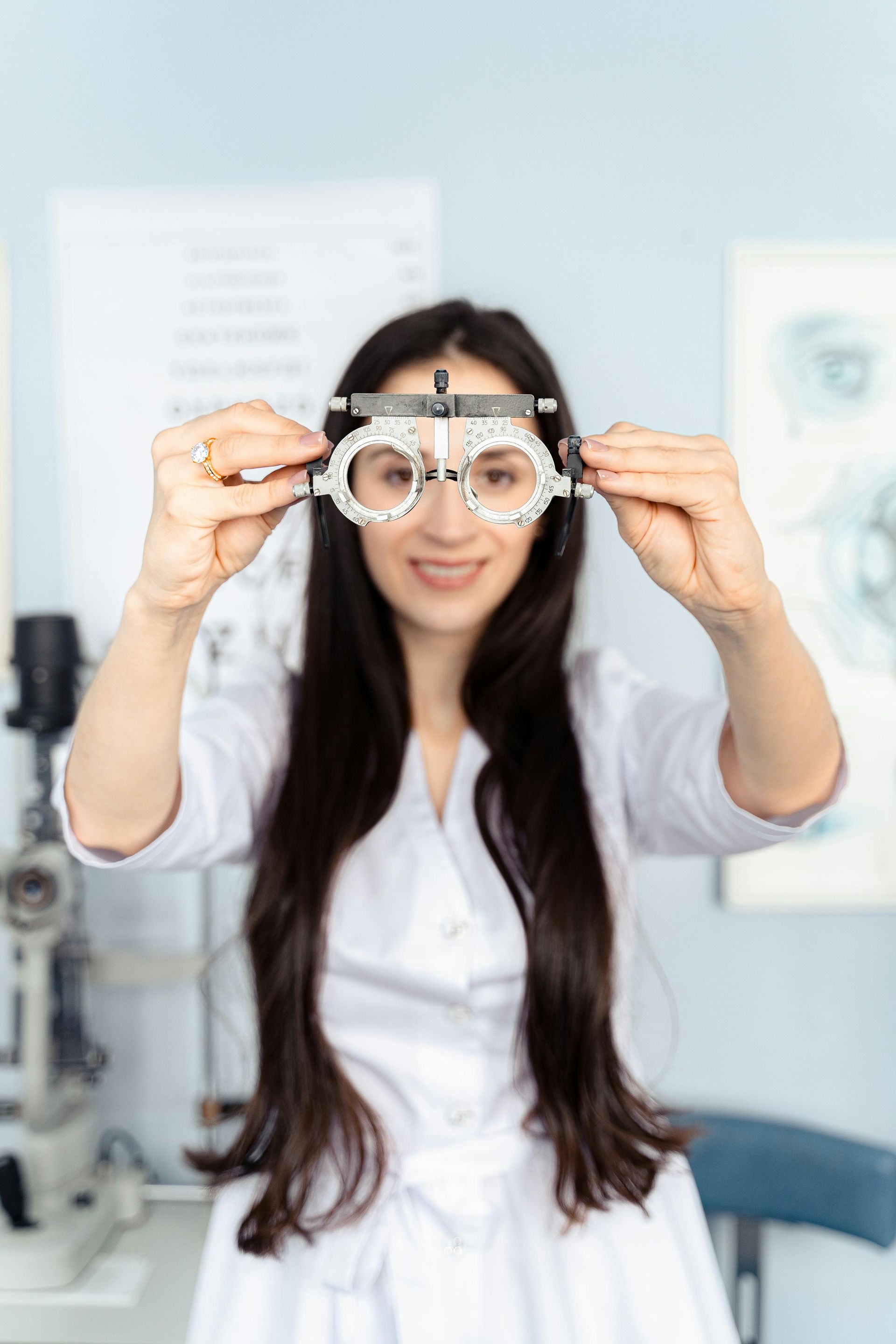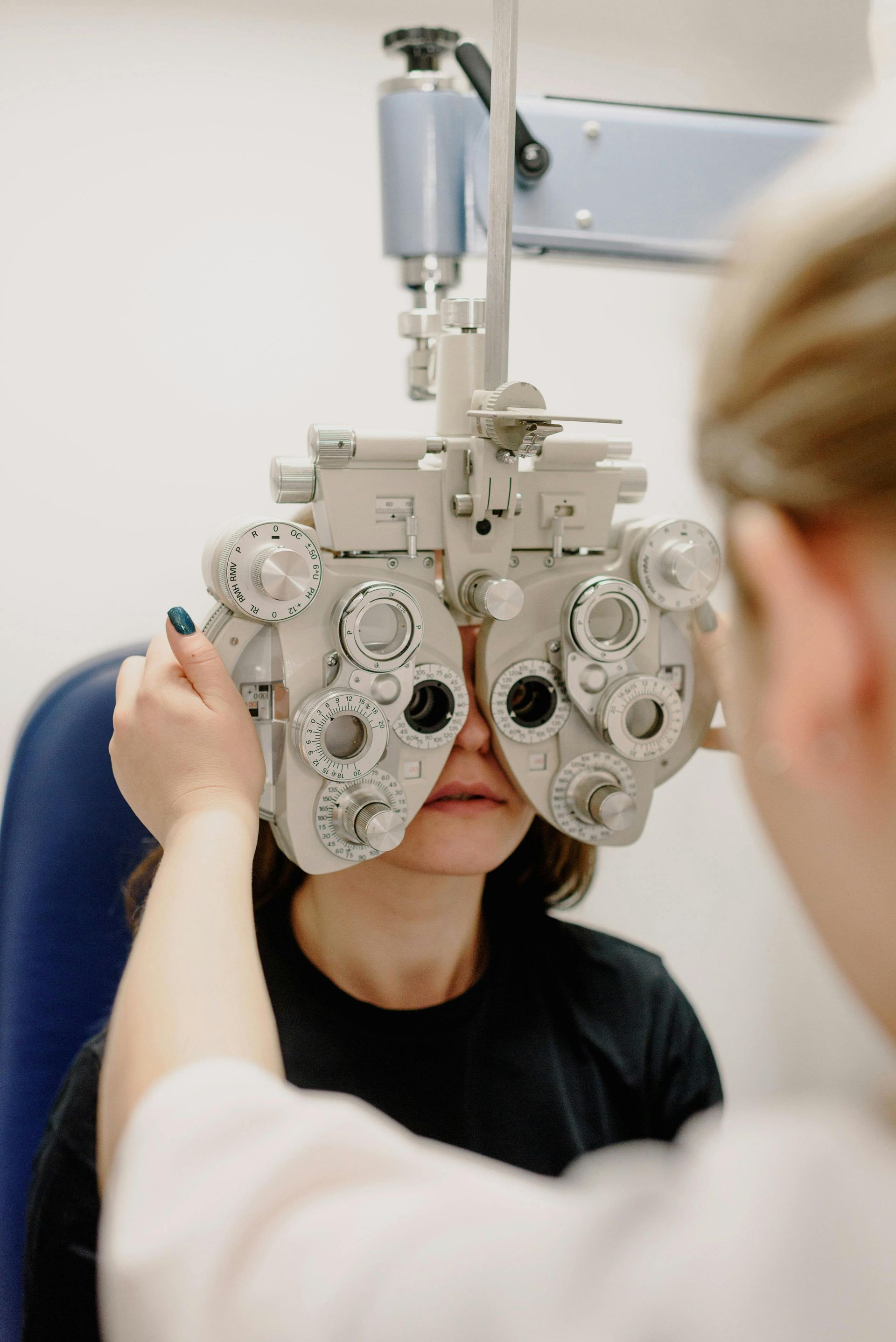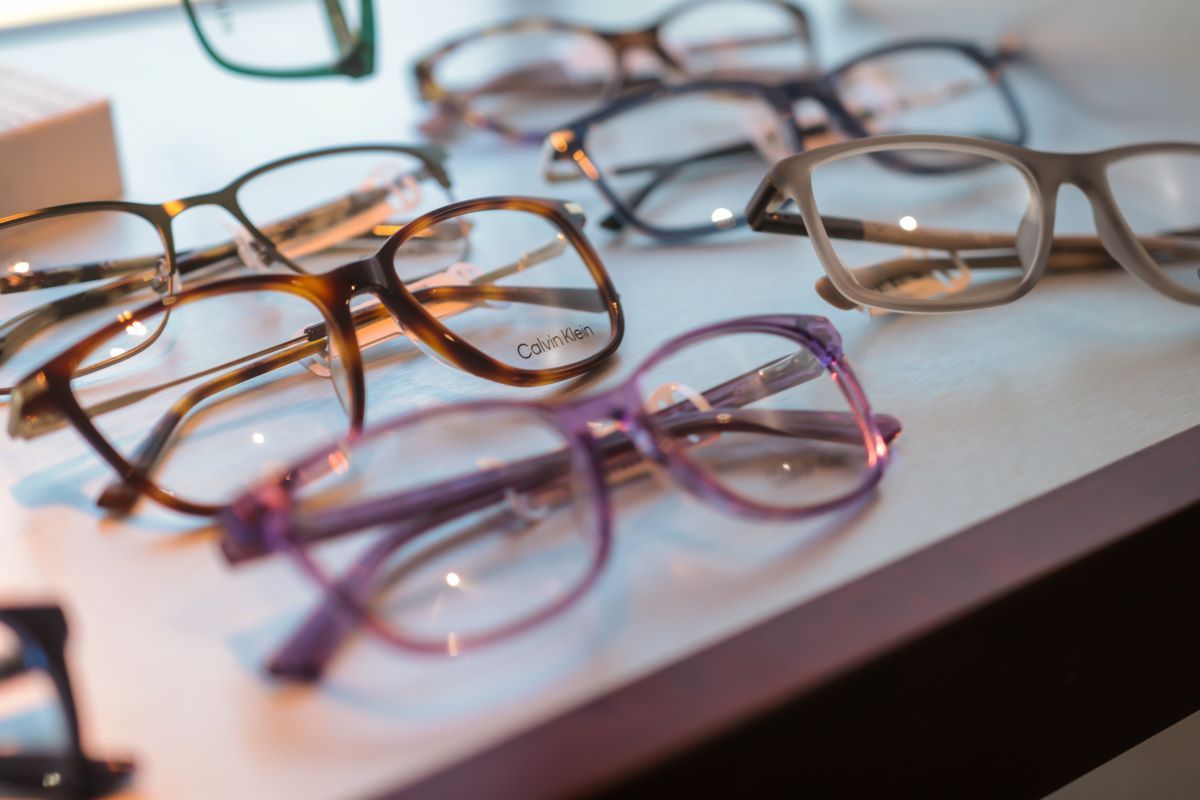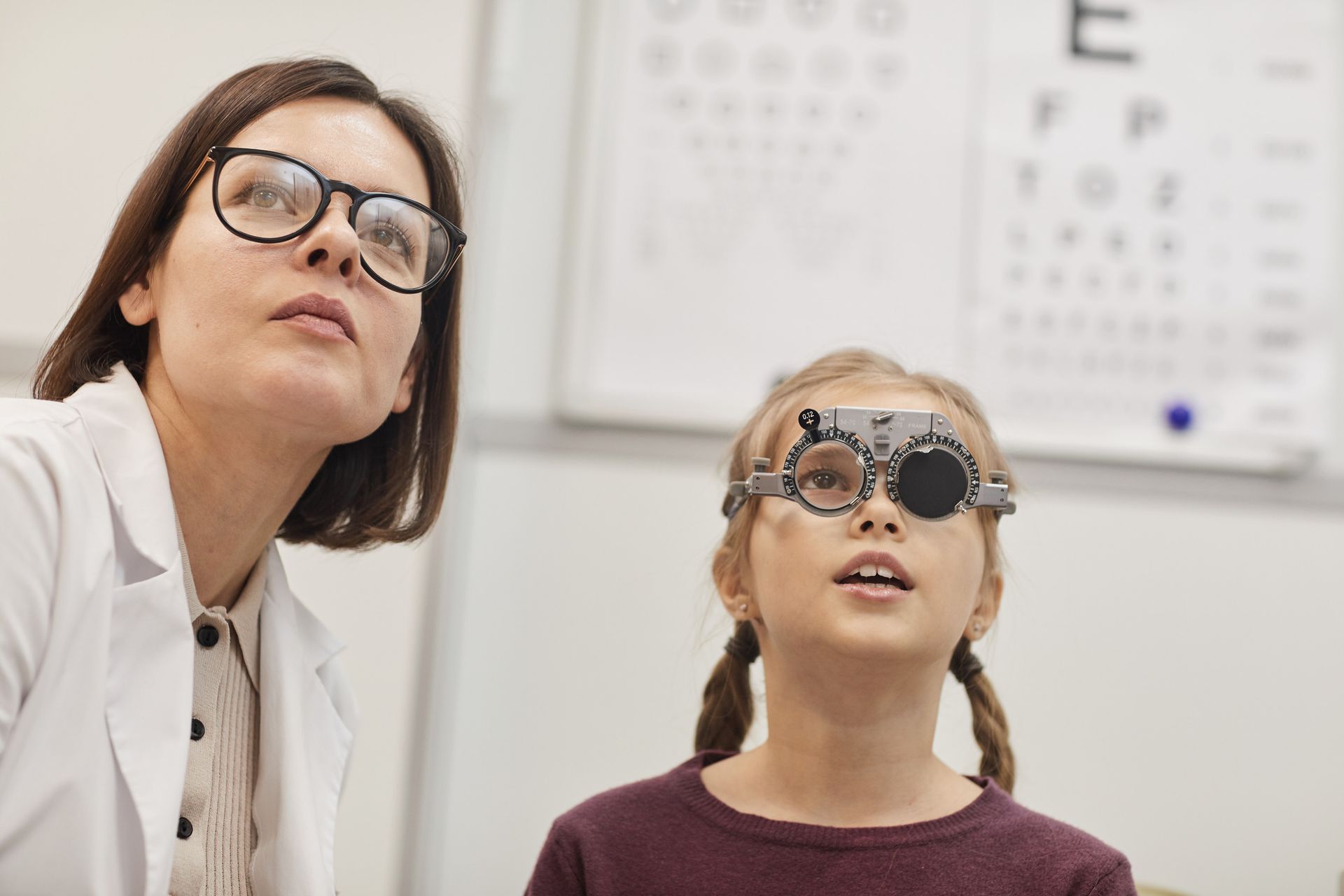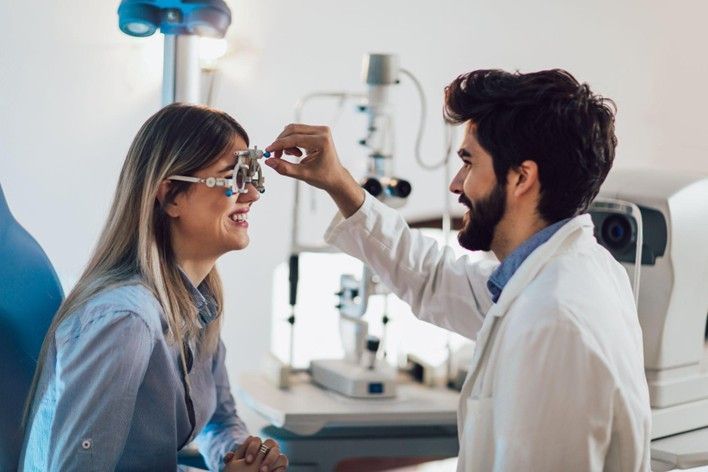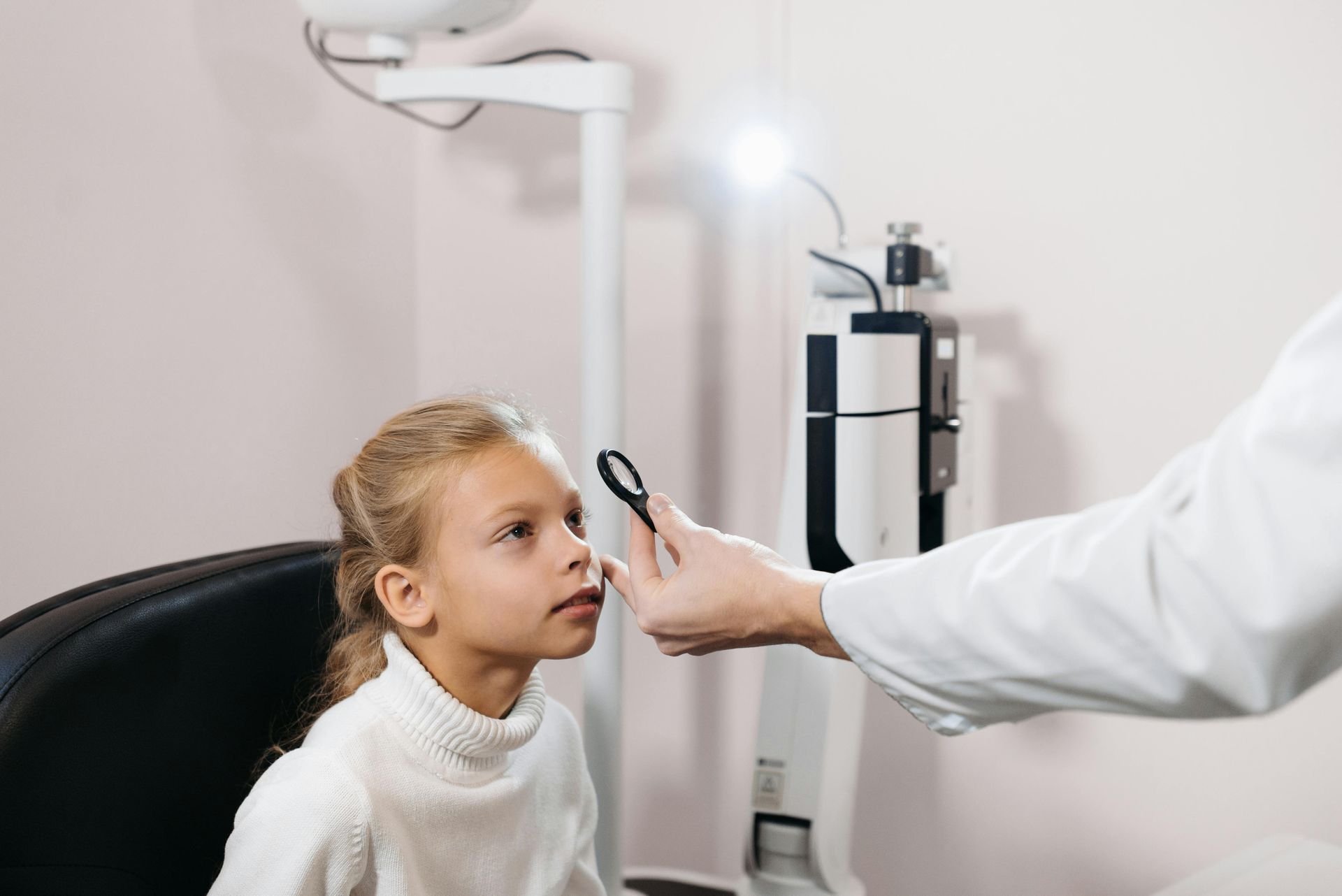Common Vision Problems in Children That Parents Should Know About
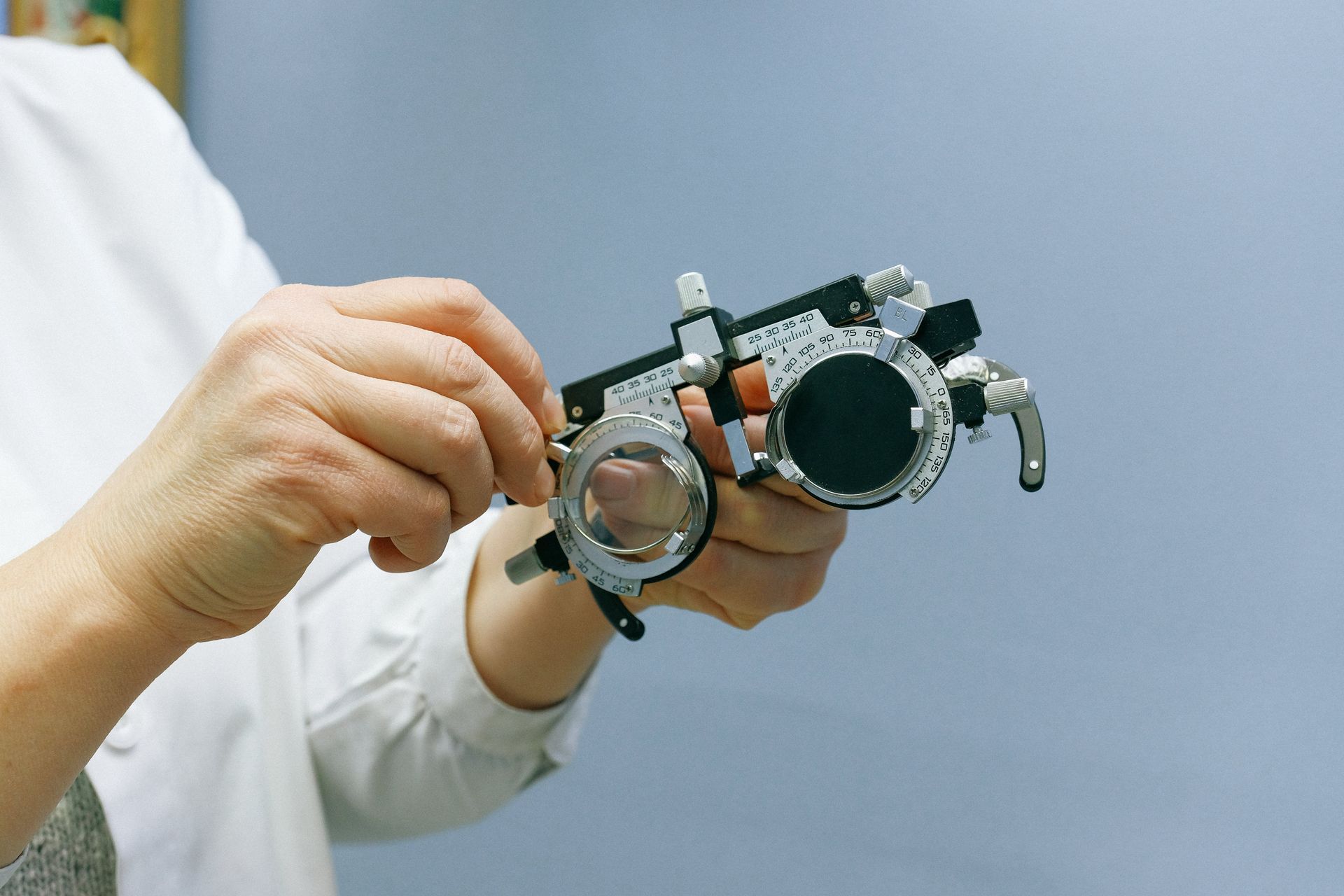
Recognizing Common Vision Problems in Children
As parents, it's essential to be vigilant about our children's health. An aspect that could often go overlooked is their vision, as children may not always communicate effectively about having vision problems.
Undiagnosed vision problems can significantly impact a child's academic performance and well-being. Continue reading as we explore some common vision problems in children that parents should know about.
Refractive Errors
Refractive errors, such as myopia (nearsightedness), hyperopia (farsightedness), and astigmatism, are prevalent in children. These conditions occur when the shape of the eyeball prevents light from focusing directly on the retina.
Children might not always express their visual difficulties clearly, so parents must watch for signs like squinting, frequent headaches, or sitting too close to the television or books.
Amblyopia (Lazy Eye)
Amblyopia is a condition where one eye doesn't develop properly, leading to reduced vision in that eye. This often occurs due to strabismus, a misalignment of the eyes. Early detection is vital, as treatment is most effective when initiated during the early years. Regular eye examinations can help identify and address amblyopia before it becomes a significant concern.
Strabismus (Crossed Eyes)
Strabismus is a misalignment of the eyes, causing one or both eyes to turn inward, outward, upward, or downward. This condition can affect depth perception and coordination. Parents may notice their child frequently squinting, tilting their head, or closing one eye. Prompt interventions, such as eyeglasses, eye patches, or surgery, can correct strabismus and prevent long-term consequences.
Convergence Insufficiency
Convergence insufficiency is when the eyes struggle to work together when focusing on a nearby object. This can lead to eye strain, headaches, and difficulty concentrating on close-up tasks like reading or writing. Parents should be observant if their child complains of eye discomfort during near work or exhibits a reluctance to engage in activities requiring close visual attention.
Color Vision Deficiency
Color blindness, a type of color vision deficiency, is often hereditary and more common in boys. While there's no cure, understanding a child's color vision limitations can aid educators and parents in adapting teaching methods and environments accordingly. Regular eye exams can identify color vision deficiencies early on.
Computer Vision Syndrome
With the increasing use of digital devices, children are susceptible to computer vision syndrome, which includes symptoms like eye strain, headaches, and blurred vision. Encourage regular breaks during screen time, proper lighting, and ensuring the computer screen is at an appropriate distance to reduce the risk of developing this syndrome.
Eye Allergies
Allergies can affect the eyes, causing redness, itching, and tearing. Persistent eye allergy symptoms may lead to discomfort and impact a child's ability to concentrate. Identifying and managing allergies through antihistamines or other recommended treatments can alleviate these symptoms.
Role of Optometrists in Dealing with Vision Problems in Children
Optometrists are crucial in identifying and managing common vision problems in children. These highly-trained professionals specialize in assessing and addressing various visual issues. During routine eye examinations, optometrists can detect refractive errors like myopia, hyperopia, and astigmatism, providing accurate prescriptions for corrective lenses.
Additionally, they are skilled in identifying more complex conditions, such as amblyopia, strabismus, and convergence insufficiency, which may require a more tailored approach to treatment. Optometrists work closely with parents, offering valuable insights into their child's visual health and providing guidance on the most effective interventions, including prescription eyewear, vision therapy, or specialist referrals for further evaluation.
Experienced optometrists at Optometric Associates of Southern Maine provide comprehensive eye care for children, addressing common vision problems and promoting healthy visual development. Schedule an appointment with us to give your child the gift of clear sight for a successful future.
